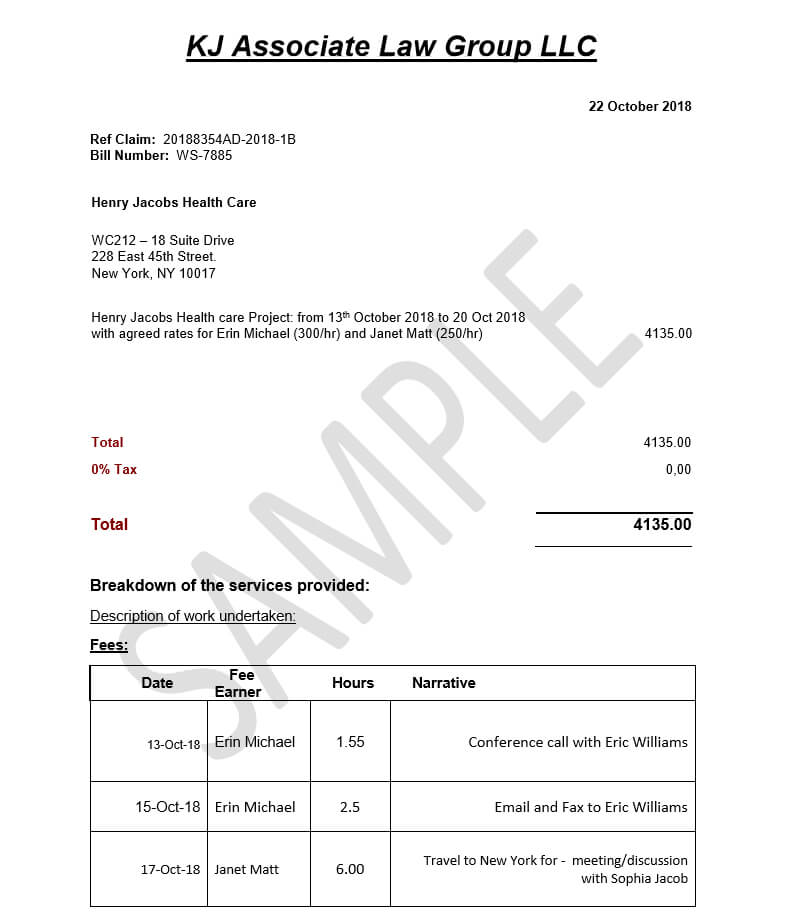
EXPLORING THE IMPORTANCE OF VARIOUS FINANCIAL METRICS FOR LAW FIRMS
A crucial part of a law firm’s financial management is the regular analysis of various financial reports and metrics and making well-informed decisions based on these. In this article, we list out the less common financial reports that your law firm necessarily needs to analyze, and the subsequent advantages for your firm. A recently published article in the ABA journal observed how clients these days do pay focus on the processes that are in place at the firm working for them. This has significantly raised the quality standards for firms who are now expected to deliver services fulfilling the metrics and pricing ranges set by each of their clients. Certain reports are often overlooked, which when scrutinized provide a comprehensive and detailed outlook into the performance of the firms and the staff, the information gained from which play a pivotal role in the firms’ decision-making process. These include the Accounts Receivable, the Activity Summary, the Time and Expense Entries, the Work in Progress Summary, Fee Earner Analysis and Budget Analysis and in this article, we explore the significance of these metrics.
Why Are Financial Reports Important?
As explained rather crisply by this article on Lawyerist.com, financial reports are the ultimate indicators of a firm’s overall health as well as its sustainability. The term ‘key-performance-indicators’ is rather self-explanatory and the extended understanding of these indicators prove highly valuable when it comes to implementing significant changes to the functioning of the firm and related investments.
Moreover, each of the following reports impacts and reflects upon the overall performance of the firm as well as of each of its members. This implies that you can analyze the efficiency of an individual timekeeper as well as that of the entire management team.
These reports are generated automatically on a highly efficient law firm billing platform such as ALB.
In this article, we have decided to place focus on the following metrics.
Time and Expense Entries
If there is an efficient time and expense tracking system in place, there is no doubt that the overall efficiency of the firm will be positively affected. Specifically, we can expect these reports to accelerate the time tracking process, the invoice preparation as well as the management of the firm including the payroll. These reports are real-time and prove to be efficient in tracking the progress of multiple cases at once. These reports are advantageous to the timekeepers as it provides a rather quick and all-inclusive insight of their expenses, against any certain period. The financial heads of the firms can analyze these entries to amend their expense policies accordingly wherein the billing clerk can gain further assurance on the fact that each of the expense being billed is in compliance with the clients’ billing guidelines.
Activity Summary
The activity summary provides a clear and compact insight into the billable activities that have been completed and are eligible for payment. Furthermore, in its most accurate version, these metrics display the number of people who have worked on the particular activity and how much each of them has billed for the same, along with the expenses incurred for completing the particular activity. By studying this report, the management can take measures to improve the case management efficiency and allocate resources accordingly such that the attorneys can focus on billable work. It has been observed that a critical amount of billable time per day is missed out by attorneys due to various reasons. Lastly, the activity summary provides a rather transparent outlook into the running of the firm and hence improves the firm’s operational efficiency as well as communication within the firm.
Accounts Receivable
By staying up to date on the accounts receivable, firms can secure a good cash position. This is achieved through strategic payment reminders to clients whilst analyzing the previous months’ data to gain a good estimate on how much payment can be expected from a particular client during their next payment cycle which facilitates better decision making generally and regarding how much amount can be extended as credit towards them. Moreover, this report helps you gain better control over the management of your working capital and helps you improve your cash flow. Management can use the information gained to handle the investments of the working capital more efficiently whether it is in hiring new employees, buying equipment, etc.
According to a research published on Paystream Advisors, when the knowledge gained from accounts receivable reports are implemented into practice, the time spent on activities decreases significantly and subsequently increase the productivity of the firm. For instance, the time spent managing disputes in the firms studied decreased down to 13% compared to the previous whooping 40%. This meant that each of these firms had a notable (about 42%) increase in the time they spent acquiring new clients and building better client relationships with the existing clients. This means that more time is spent communicating better with clients, improving customer service and thereby adding deliberate value to the services provided, which as we discussed earlier is pivotal in matching the clients’ expected standards.
Work in Progress Summary
The Work in Progress report accumulates all the information regarding the billable works that have been completed but are yet to be billed. Now, the importance of such a report stems from the fact that there needs to be a way to critically observe the cash flow in the firm, and figure out ways to improve it. To analyze the work in progress report, we can use the aging factor as a determinant, so that we can prioritize and view the unbilled entries accordingly. Moreover, the WIP summary provides insights into the total amount of unbilled work in the firm, aiding the billing clerks to take suitable decisions. This report helps analyze which clients are bringing in more revenue for the firms and also what type of cases are profitable for a particular firm.
Fee Earner Analysis
Analyzing individual or multiple fee earners case-wise gives you valuable insights on which attorneys are best suited for which cases, depending on efficiency among other factors. Upon assessment of fee earners, the case or activity allocation process at the firm is enhanced and improved in efficiency.
Using our AI-enabled, cloud-based legal e-billing software: Accurate Legal Billing, you can generate the above-listed performance indicators in just a few clicks and your firm is guaranteed to experience a notable improvement in its cash flow as well as increase in profit margin.
ALB is an intuitive legal billing platform that guarantees that every invoice prepared and submitted using our software is always 100% compliant with your clients’ billing guidelines.
To read more about our features, click here.
Click here to Schedule a Demo with us right away.

.png)



